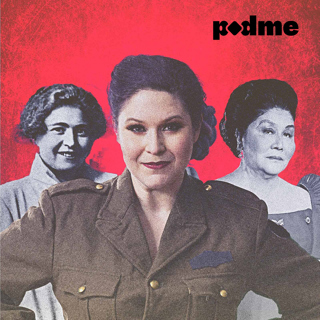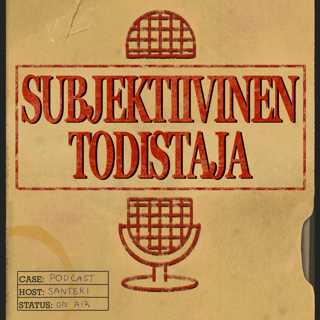
5th March 1946: Winston Churchill describes the post-war division of Europe as an ‘Iron Curtain’ in his ‘Sinews of Peace’ address in Fulton, Missouri
Churchill’s Iron Curtain speech played a significant role in changing western perceptions of their former Soviet ...
5 Maalis 0s

4th March 1890: The Forth Bridge in Scotland opened by the future King Edward VII
The Forth Railway Bridge stretches almost 2.5km across the Firth of Forth, a large estuary area to west of ...
4 Maalis 0s

3rd March 1938: First commercial quantities of oil discovered in Saudi Arabia after engineers drill Dammam Well No. 7
Dammam Well No. 7 well produced 1,585 barrels in its first day, leading to further exploration that revealed vast oil fields in Saudi ...
3 Maalis 0s

2nd March 1791: Frenchman Claude Chappe sends the first message by semaphore machine
Chappe was born into a wealthy family in 1763 and originally trained as a member of the ...
2 Maalis 0s

1st March 1872: Yellowstone becomes the world’s first national park
Yellowstone became the first national park in the world after President Ulysses S. Grant signed The Act of Dedication ...
1 Maalis 0s

28th February 1993: The Waco siege against the Branch Davidian Church begin in Texas
The Waco siege began in Texas after agents from the Bureau of Alcohol, Tobacco and Firearms raided the Branch Davidian ...
28 Helmi 0s

27th February 1900: Labour Representation Committee founded, marking the start of what would later become the British Labour Party
The Labour Representation Committee aimed to secure parliamentary representation for labour candidates, funded by trade unions. Ramsay MacDonald was appointed secretary, and six years later it adopted the name Labour ...
27 Helmi 0s

26th February 1935: Daventry Experiment proves the ability of using radio waves to detect aircraft, heralding the development of radar
Robert Watson-Watt and Arnold Wilkins conducted an experiment using a BBC shortwave radio transmitter located near Daventry, Northamptonshire, and a receiving station was set up in a field around 6 miles away that consisted of two receiving antennae attached to CRT monitoring equipment installed in a van. A Handley Page Heyford bomber was instructed to fly through the radio signal’s path, and it caused detectable variations in the received radio waves displayed on the ...
26 Helmi 0s





















